Green roofs not only look beautiful, but support the performance of a building in multiple ways. They reduce the amount of water that runs off a roof surface, provide additional insulation and create green space for both human and wildlife use. In a sufficiently large area, green roofs also positively affect the surrounding microclimate.
However, there are important considerations to factor in when planning to include one in a residential, commercial or industrial building. Below we look at some of the features, benefits and approaches to green roof design including how XPS foam insulation can help maximise its performance.
Types of Green Roofs
Green roof design, construction and vegetative cover will vary depending on the roof type, roof slope, roof accessibility and climate. Green roof types are generally divided into three broad categories – extensive, semi-intensive and intensive. The key difference between them is the depth of the growing medium and the degree of intended roof access.
- Extensive green roofs – This is the most common form of green roof and typically features a soil depth of between 75 and 150mm. This limits water retention and requires low maintenance plants that have strong horizontal root systems, are resistant to drought and can survive temperature extremes. This roof design is the cheapest as it requires less structural support, less maintenance and is not intended for public access.
- Intensive green roofs – These typically have a soil depth of between 250 and 1200mm, allowing them to accommodate a wider variety of vegetation including large shrubs and trees. In some cases, intensive green roofs will have recessed plant wells or planter boxes to allow for vertical root growth of trees. Intensive roofs are designed more like a park or garden and are maintained in a similar way. These roofs often allow for public access and can feature walking paths, benches, tables, and small recreation areas.
Intensive roofs require a much more complex supporting structure, making them more expensive and harder to maintain. Semi-intensive roofs describe any designs that are between these two types of roofs or feature aspects of both. For example, they might allow for a very small amount of public access.
What is an Inverted Roof?
An inverted roof is a type of design used when constructing green roofs. It uses the same materials as a conventional roof but instead places insulation on the top of the membrane. Inverted roofs are only possible by using XPS foam insulation, which is moisture-resistant and durable enough to withstand exposure to the environment as well as the weight of human footfall and the garden itself.
XPS foam insulation is distinctive because it:
- Resists water absorption
- Offers excellent thermal performance
- Is unaffected by freeze/thaw cycles
- Withstands the impact of surface traffic
- Can handle long term compressive weight
- Provides long-term protection to the waterproof layer
- Can be ballasted to prevent flotation
- Protects roof layers from UV and mechanical damage
Inverted roofs are utilised for green roof design because it best facilitates the establishment and maintenance of a green roof environment while mitigating the risk of water damage to the membrane. The inverted roof design also prevents possible damage caused by garden work, such as irrigation or using tools like a spade and hoe.
Key Features
All green roofs have a layered structure built upon a roofing base structure. This can be built on site or arrive in pre-constructed modules that are joined together once raised onto the rooftop. Basic green roof components include the base roof deck, waterproofing layer and the green roof system. The latter must include subsystems for:
- Drainage – Drainage design must both maintain ideal plant growing conditions while managing heavy rainfall without sustaining damage due to erosion or water ponding.
- Plant nourishment and support – The green roof must be carefully designed to facilitate plant growth and health and ensure minimal damage from wind, direct sun and rain. Of course, this also largely comes down to selecting the right vegetation for the climate and application.
- XPS foam insulation – Critical for saving energy and ensuring comfortable temperatures inside the building can be maintained efficiently. XPS foam insulation is the ideal solution as it can withstand moist and damp environments while offering the necessary weight and compression resistance.
- Protection of underlying waterproofing systems – The design must ensure protection of the underlying waterproofing system from human activities (footfall and maintenance activities) as well as biological attack and solar degradation. A capillary break immediately above the membrane is required in most cases.
The structural deck can be made from concrete, steel or wood and may be flat or sloped. Much of the design of the roof system will depend on the load the roof structure (deck) can carry. Existing roofs usually do not have the weight-bearing capacity for intensive green roofs.
The waterproofing layer is placed directly above the deck and is designed as the final barrier to water intrusion. It can be made out of a variety of materials including hot-fluid-applied rubberised asphalt, atactic polypropylene (APP), styrene butadiene styrene (SBS) modified bitumen sheets and polyvinyl chloride (PVC).
How XPS Foam Insulation Supports Green Roof Design
While the soil and plants on a green roof offer some insulation on their own, it’s not enough to maintain optimum comfort and energy efficiency in a building. Green roof insulation solutions like XPS foam boards are highly effective insulators for the building that also function as a membrane barrier between the soil and the roof itself. XPS foam insulation is highly effective at reducing the urban heat island effect, reducing the amount of heat transferred into the building as well as providing thermal protection for the membrane.
Using XPS foam this way can be compared to house wrap placed between the sheathing and the siding of a newly constructed house. The closed-cell structure of XPS foam makes it resistant to rain, snow, frost and water vapour, enabling the material to withstand repeated freeze/thaw cycles.
XPS Foam is Ideal for Green Roof Design Load Requirements
In load-bearing applications, the closed-cell structure gives XPS foam excellent rigidity and makes them highly resistant to compression. A minimum of 300 kPa compressive strength is required for insulation used above intensive green roof waterproofing membranes. Technonicol’s Carbon Prof XPS foam insulation offers a minimum compressive strength of 300 kPa and up to 500 kPa with Carbon Solid XPS foam. This makes these XPS foam insulation boards well-suited to inverted green roof installations.
Technical XPS Foam – Ideal for Inverted Green Roof Insulation
Technonicol’s Carbon XPS foam insulation series comes in a variety of sizes, thicknesses and compressive strengths to meet the demands of almost every application, including inverted green roofs on large domestic, commercial and industrial buildings.
At Plastek, we have extensive experience consulting and supplying these XPS foam insulation products, helping to optimise projects by providing the ideal solutions. We can recommend the right Carbon XPS foam insulation product for your specific project, ensuring a functional and high performance solution for your building.
Related Questions
Can you put a green roof on an existing building?
Yes. However, waterproofing must be in good condition and ideally it should be no older than 5 years. In most cases, an existing roof can only support an extensive green roof.
Do you need planning permission for a green roof?
Green roofs on sheds and other separate outbuildings are usually fine without planning permission. However, if the building is occupied or is attached to one that is, you should contact your council’s planning department
How long does a green roof last?
Green roofs can last up to 50 years or longer depending on how it is maintained. By protecting the roof membrane, a green roof can actually extend the life of a roof by two or three times beyond its typical lifespan
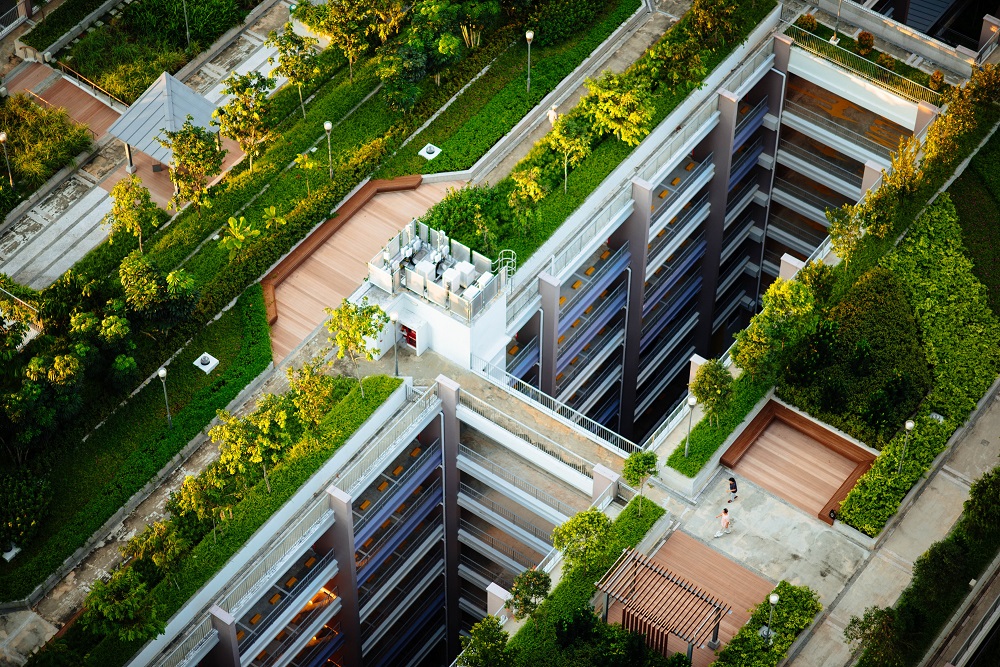
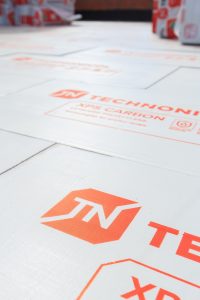
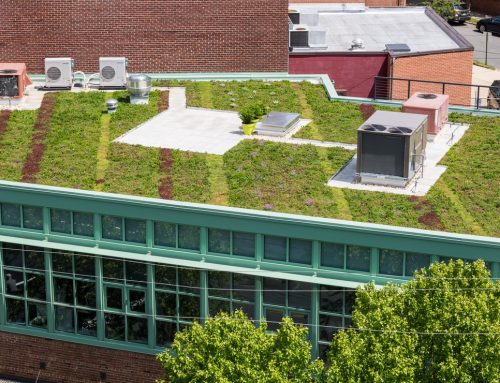
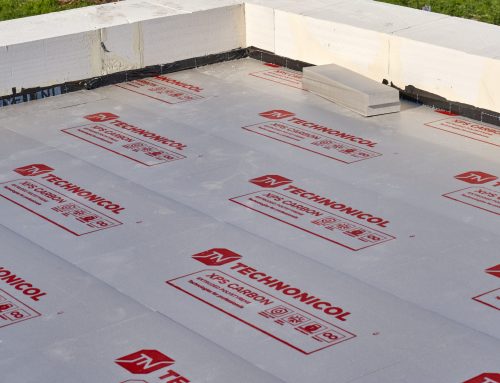

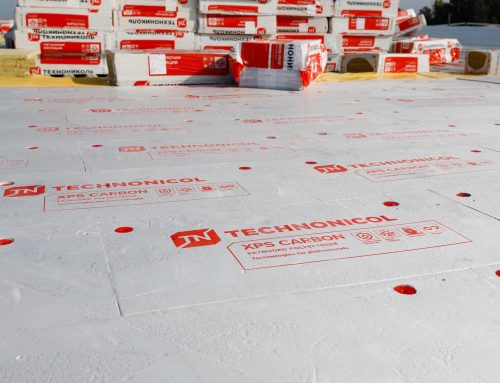
Leave A Comment